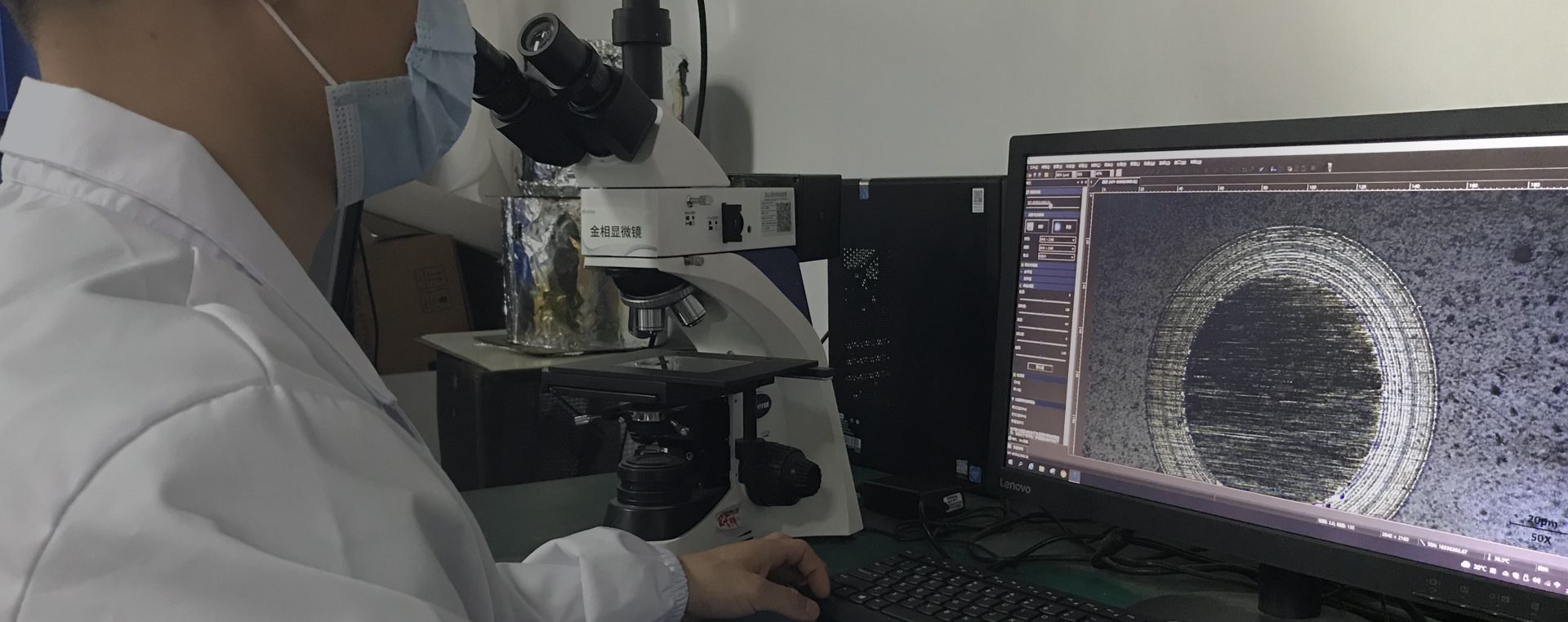Vacuum deposition process flow
Vacuum deposition is a common surface treatment process, which is often used to manufacture optical lenses, solar panels, LED and other products. The main process includes the following steps:
1. Substrate cleaning: Clean the surface of the substrate to be treated to remove impurities such as oil and dust, ensuring a clean surface.
2. Heating and drying of substrate: Heat and dry the cleaned substrate to remove residual moisture and volatile organic compounds on the surface, ensuring a dry and clean surface.

3. Evaporation source loading: load the materials to be coated (also called evaporation source) into the vacuum deposition equipment, and heat the materials by controlling the current or magnetic control to generate steam.
4. Deposition: Place the substrate in the vacuum deposition equipment, make its surface contact with the steam in the evaporation source, and make the steam deposit on the substrate surface to form a film.
5. Annealing: After completion of deposition, annealing treatment is carried out to improve the quality and stability of the film.
6. Bleeding: after annealing, the gas in the vacuum deposition equipment will be released, and the substrate will be taken out for subsequent processing.
The above are the main steps of the vacuum deposition process flow. By strictly controlling the parameters and conditions of each step, high-quality coating products can be produced.
 18922924269
18922924269
